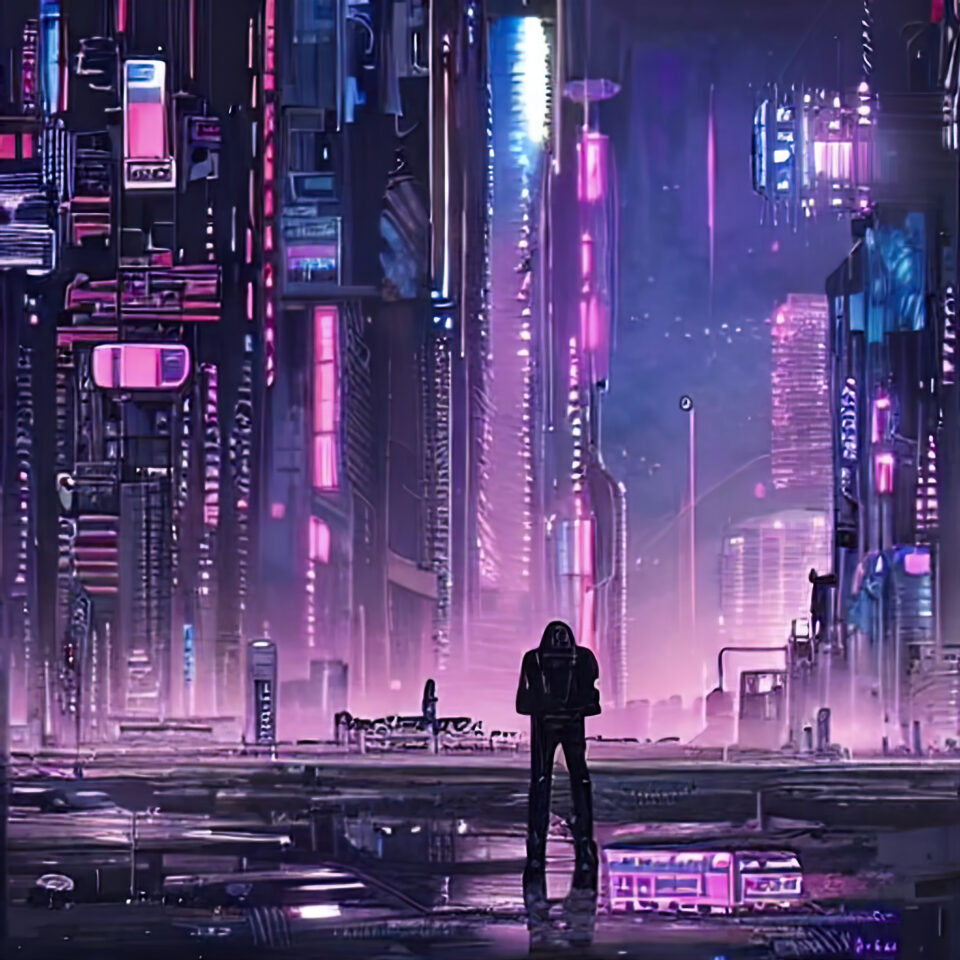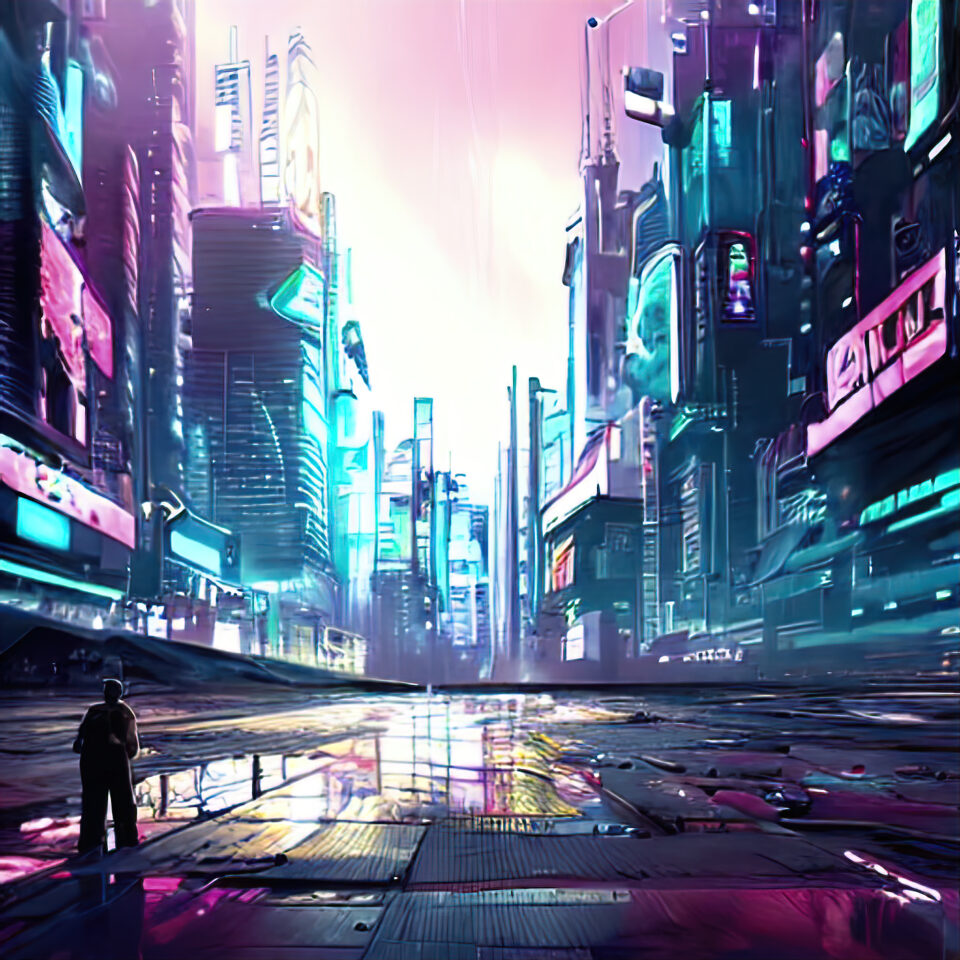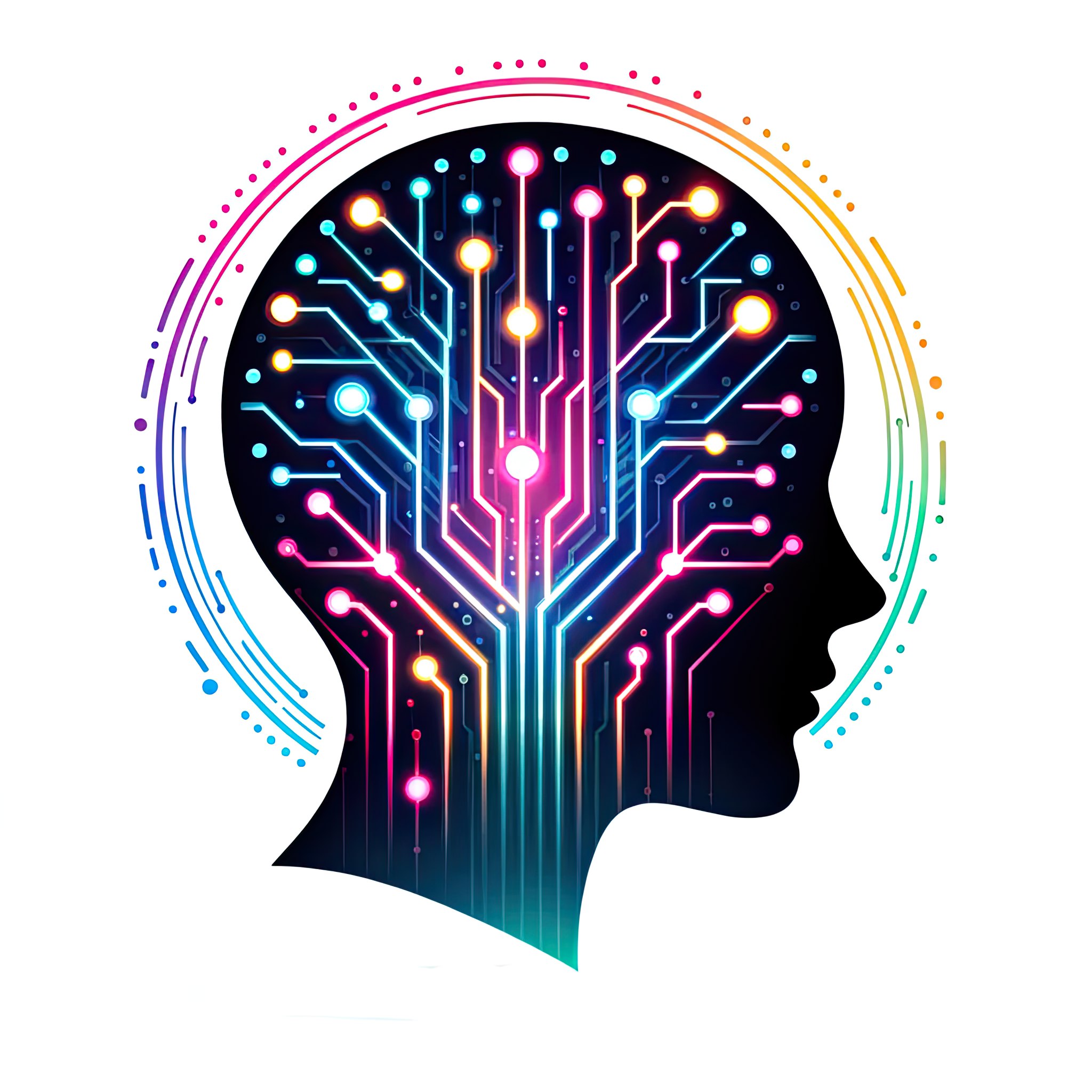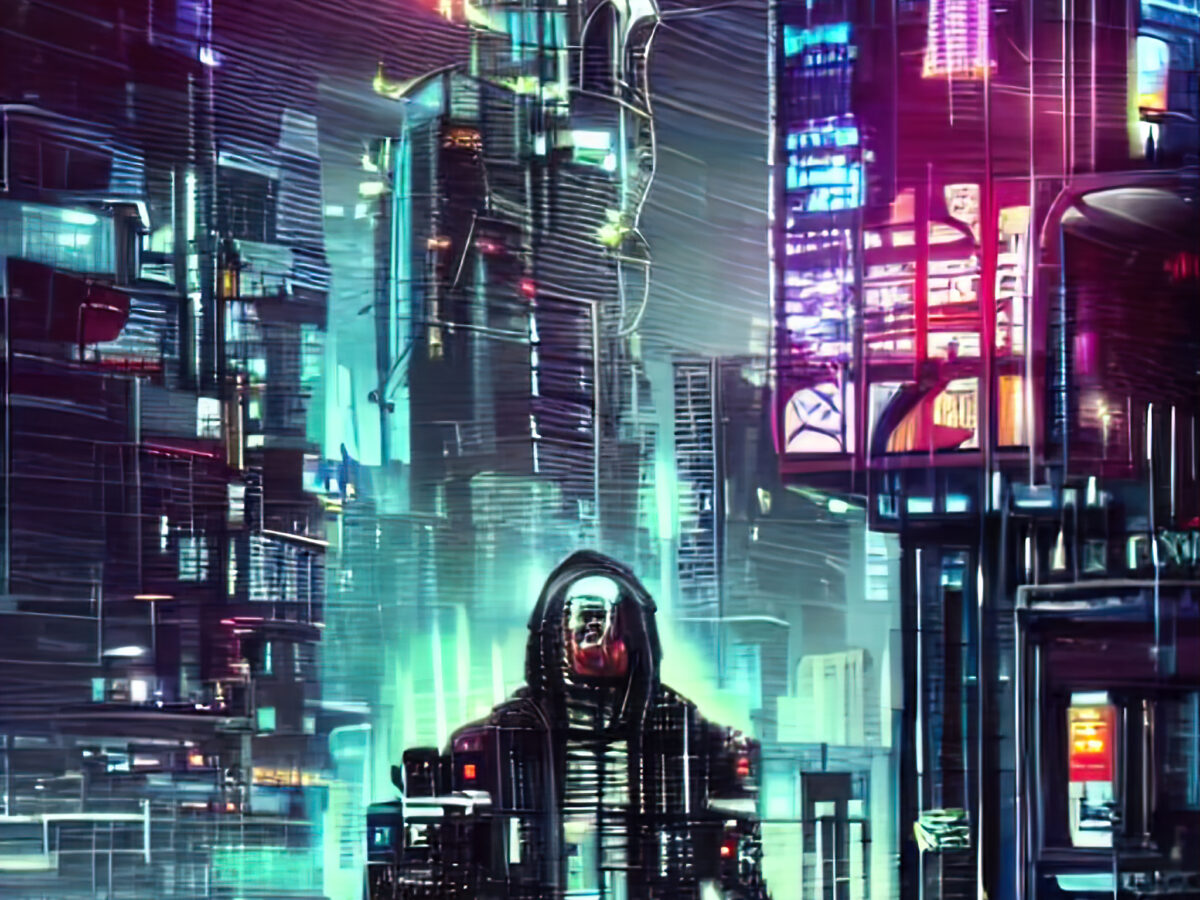Cyberpunk is a subgenre of science fiction that features advanced science and technology in an urban, dystopian setting. It typically deals with a society that is heavily reliant on computer technology and the internet, and explores the consequences of such reliance. Some common characteristics of the cyberpunk genre include:
- Characters who are often marginalized or outsiders of mainstream society.
- A cybernetic or post-human element, such as the use of artificial intelligence or cybernetic implants.
- A sense of rebellion or subversion against authority or the status quo.
- A bleak or cynical outlook on the future.
- A blend of lowlife and high tech, with advanced technology existing alongside a degenerate or decaying society.

The cyberpunk genre emerged in the 1980s and gained widespread popularity in the 1990s. It has continued to be a popular and influential genre in the decades since, with many works of cyberpunk fiction being published and adapted into other media. The term “cyberpunk” was coined by science fiction author Bruce Bethke in his 1980 short story of the same name, and the genre was popularized by the works of William Gibson, particularly his 1984 novel “Neuromancer,” which is considered one of the classic texts of the genre. In the 1990s, the cyberpunk genre experienced a surge in popularity, with many works of cyberpunk fiction being published and adapted into movies, television shows, and video games.
Many ideas born in cyberpunk novels have ultimately become a reality, including::
- The widespread use of the internet and the proliferation of connected devices, which has transformed many aspects of modern life and created new ways for people to communicate and access information.
- The development of virtual and augmented reality technology, which has allowed people to experience immersive digital environments and has potential applications in fields such as gaming, education, and healthcare.
- The growth of the “gig economy,” in which more and more people are working as freelancers or contractors rather than traditional full-time employees, a trend that was predicted by some cyberpunk writers.
- The emergence of cybernetic implants and prosthetics, which have allowed people with disabilities to improve their mobility and sensory capabilities.
- The use of biometric identification and tracking technology, which has raised concerns about privacy and the potential for abuses of power.
- The proliferation of drones and other unmanned aerial vehicles, which have both civilian and military applications.

In the novel “Neuromancer” by William Gibson, artificial intelligence plays a central role in the plot. The main character, Case, is a former hacker who is recruited by a mysterious employer to pull off a major hack. Case is aided in his efforts by an artificial intelligence called Neuromancer, which was created by a former business partner of Case’s. Neuromancer serves as a sort of mentor or guide for Case, helping him to navigate the virtual world and complete his mission. The novel explores the relationship between humans and artificial intelligence, and raises questions about the nature of consciousness and the role of technology in society. Neuromancer is portrayed as a fully self-aware being, with its own desires and motivations. It is not simply a machine that follows orders, but rather a complex and intelligent entity that has the ability to think and act on its own. As the novel progresses, Neuromancer’s true nature and ultimate goals are revealed, leading to a climactic confrontation between it and Case. The resolution of this conflict serves as a commentary on the relationship between humans and artificial intelligence and the potential dangers and benefits of such a relationship.
Neuromancer has a strong connection to the concept of the metaverse. In the novel, the “matrix” is a virtual reality network that allows people to connect to the internet and interact with each other in a shared digital space. The matrix is described as a “consensual hallucination” that is experienced by millions of users, and it serves as a central setting in the novel. The concept of the matrix in “Neuromancer” can be seen as an early portrayal of the metaverse, a term that was later coined to describe a shared virtual reality space. The novel explores the potential dangers and possibilities of a virtual reality world, and raises questions about the nature of reality and the role of technology in society. The matrix has had a significant influence on popular culture and has been referenced and adapted in various forms of media, such as movies, television shows, and video games.
The concept of the metaverse has also been explored in other works of cyberpunk literature, such as Neal Stephenson’s 1992 novel “Snow Crash,” which features a virtual reality world called the “Metaverse,” and Ernest Cline’s 2011 novel “Ready Player One,” which is set in a virtual reality world called the “OASIS.”
In recent years, the concept of the metaverse has gained renewed interest and relevance due to the growing popularity of virtual reality and the increasing use of the internet and social media to connect people in digital spaces.
Here is list of cyberpunk novels published in the 1980s and 1990s:
1980s:
- “Neuromancer” by William Gibson (1984)
- “The Shockwave Rider” by John Brunner (1975, reissued in the 1980s)
- “The Aquiliad” by Frederik Pohl and Jack Williamson (1987)
- “Burning Chrome” by William Gibson (1986)
- “Count Zero” by William Gibson (1986)
- “Mona Lisa Overdrive” by William Gibson (1988)
- “Islands in the Net” by Bruce Sterling (1988)
- “Do Androids Dream of Electric Sheep?” by Philip K. Dick (1968, reissued in the 1980s)
1990s:
- “Virtual Light” by William Gibson (1993)
- “Idoru” by William Gibson (1996)
- “Snow Crash” by Neal Stephenson (1992)
- “The Diamond Age” by Neal Stephenson (1995)
All images and all text in this blog were created by artificial intelligences

